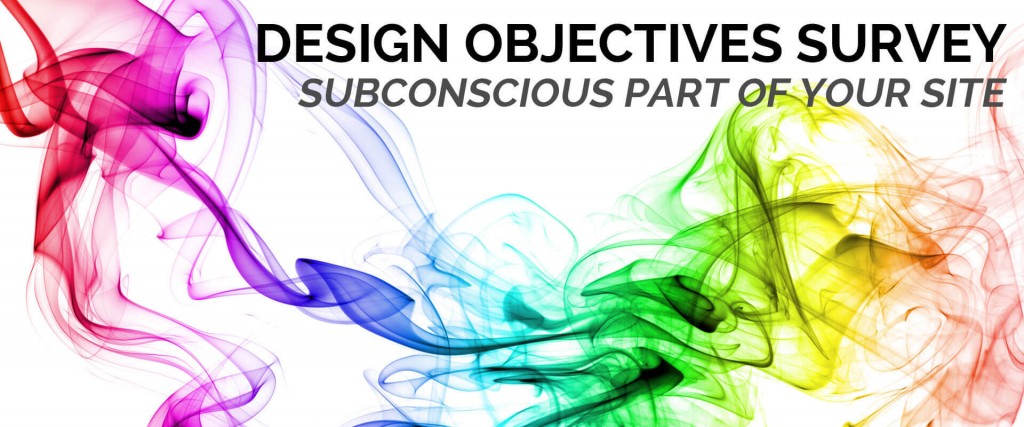The second step in bringing your web design project to life is assessing the quality of your candidates so that you can make an informed decision. (Check out our first post on this topic How to Find a Great Web Designer?) Probably you’re reading this post because you don’t know what to ask your web designer or even if you know it, you don’t know how to evaluate the answers. We’re going to help you to eliminate some of those candidates in this post.
Before we start, though, if you have no idea what to do next, the shortest answer is here: Contact us. (Hey, don’t blame me. Do you know how much google is charging for advertising with the keyword “web design”.)
If you already have candidates and want to see if they’re a good fit for your project keep reading. (But beware, this assessment may take hours or days so keep the first option in mind whenever you get bored.)
Don’t forget, your project has 3 important components. Scope, Budget, and Timeline. And first you should tackle the Scope part, and see if they are expert enough to handle your project.
Portfolio / Case Studies
An established freelancer/agency should be able to show you the other websites they’ve created. A portfolio will help you to assess their design practices. Check out quickly to see if they’re using the same colors, fonts, layouts over and over again. If you see too many parallels, just forget about them. This process shouldn’t take more than a couple minutes for each candidate if they have a well-maintained portfolio page like this one.
Pro Tip: Ask for a general web design portfolio to get an idea about design practices. Ask for a specific portfolio item/case study with a live link similar to your project to see how the website works.
After evaluating their general portfolio, ask for a case study. This is an important step because you get the chance to understand the thought process behind that certain project, rather than just looking at the end result. If they don’t have a case study, again, just forget about them. (This step is going to bring down the number of candidates significantly.)
Testimonials / References
Portfolio and case studies are great resources but let’s be honest. This is the internet. The freelancer/agency you’re about to hire may be flat out lying about their work or (let’s be a little bit gentler) their story may be a little bit embellished.)
Pro Tip: Confirm their talents with a third party. These can be reviews on an objective site or old style references.
You need to find a third party to confirm if they’re telling you the truth. For instance, for our website we put testimonials in each one of our case studies. Also, I tell my clients that they can check my profile in upwork filled with lots of great reviews.
Their Process
By now you should have less than 20 candidates. Your next question should be about their web design process. It’s your right to know what is going to happen next. Web design is a 4D process (What does that mean?). Discovery, Design, Development, Deployment. And every web designer knows that. So you should dig deeper to eliminate some of them. (Check out our general web design process.)
Pro Tip: A well defined process is a sign of experience, proven process and professionalism.
Asking how they start the discovery process or what questions do they ask is a good place to start. Check out if their questions make sense, relevant and comprehensive. For instance, our projects start with these two important surveys we’ve created:
Or ask them how many revisions do they allow in their design process? Or what does their deployment process includes? Do they offer quality testing and/or page speed optimizations? You need to understand exactly what they’re offering to be able to compare your alternatives.
These components should give you an idea about who you’re dealing with. Now you can move on to the budget part of your project. But we’ll talk about it in our next post.



